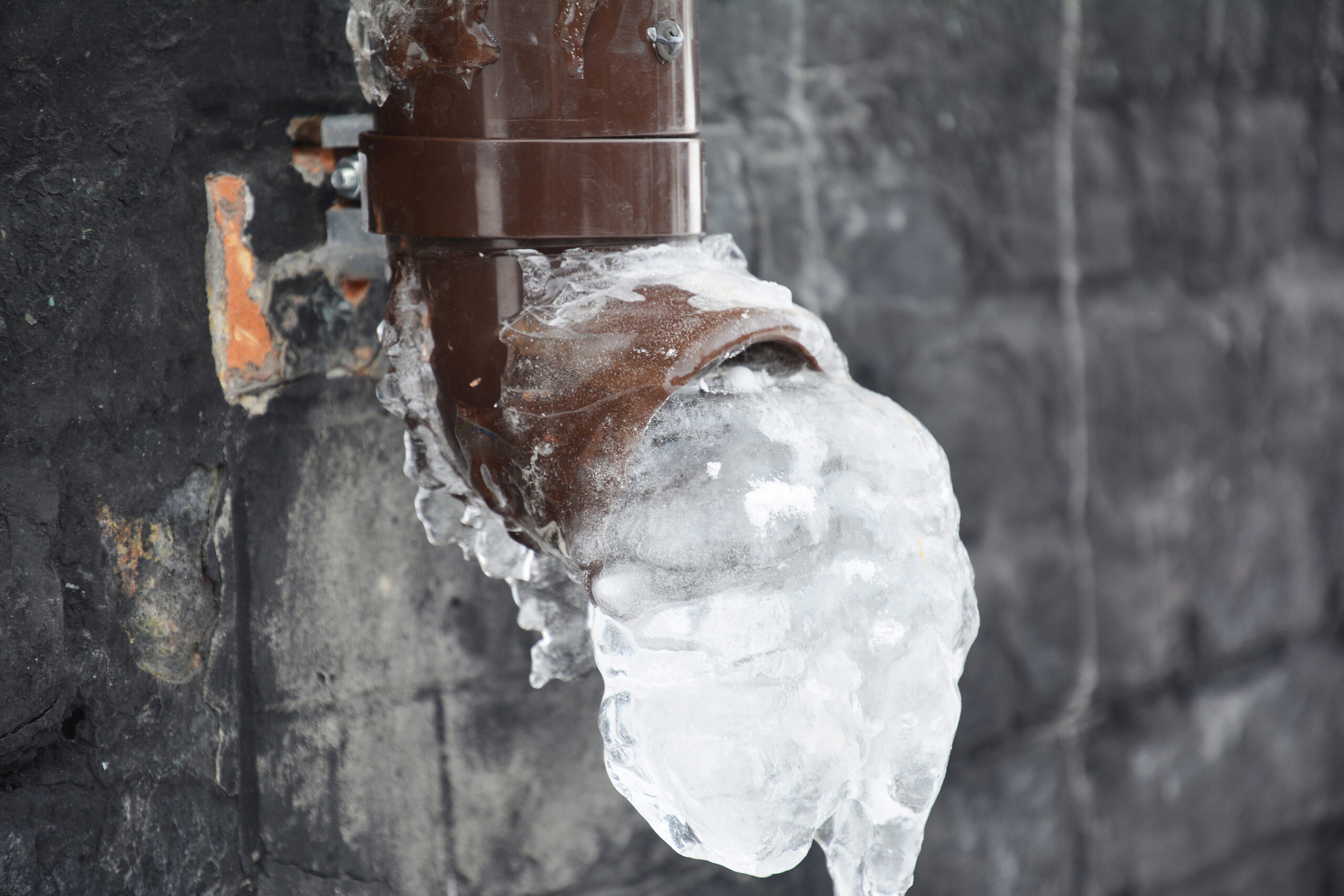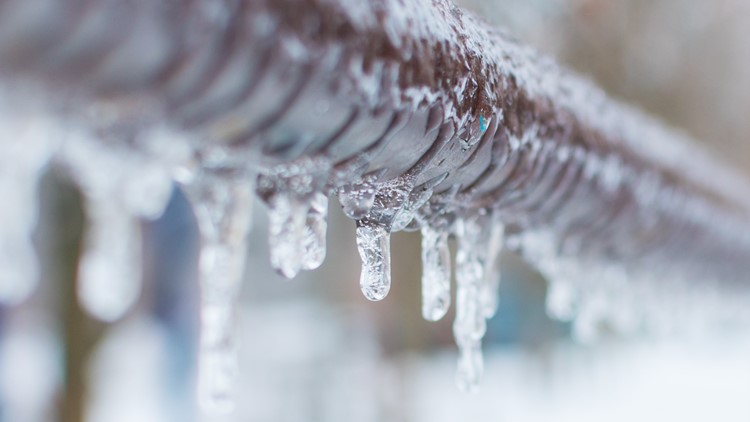Essential Advice to Prevent Frozen Plumbing in Winter: Specialist Guidance
Click HereListed here further down you can locate additional dependable points around How to Prevent Your Pipes From Freezing.

Winter can wreak havoc on your pipes, particularly by freezing pipes. Here's exactly how to avoid it from happening and what to do if it does.
Introduction
As temperature levels decrease, the risk of frozen pipelines increases, possibly bring about pricey repairs and water damage. Comprehending exactly how to avoid icy pipelines is important for home owners in cool climates.
Comprehending Icy Pipelines
What creates pipelines to ice up?
Pipes ice up when subjected to temperature levels below 32 ° F (0 ° C) for expanded durations. As water inside the pipelines freezes, it broadens, taxing the pipeline wall surfaces and potentially causing them to break.
Threats and damages
Frozen pipelines can bring about water system disturbances, building damage, and expensive repairs. Ruptured pipelines can flood homes and trigger considerable structural damages.
Indicators of Frozen Piping
Recognizing icy pipes early can stop them from breaking.
Exactly how to identify frozen pipes
Seek lowered water flow from faucets, unusual smells or noises from pipelines, and visible frost on subjected pipes.
Prevention Tips
Protecting vulnerable pipes
Cover pipes in insulation sleeves or use warmth tape to shield them from freezing temperature levels. Focus on pipelines in unheated or exterior locations of the home.
Heating methods
Keep interior areas adequately heated, particularly locations with plumbing. Open up cabinet doors to allow cozy air to flow around pipelines under sinks.
Safeguarding Outside Pipes
Yard hoses and outside faucets
Separate and drain pipes yard hoses prior to wintertime. Install frost-proof spigots or cover outdoor faucets with protected caps.
What to Do If Your Pipes Freeze
Immediate actions to take
If you think icy pipes, maintain taps available to soothe pressure as the ice thaws. Use a hairdryer or towels taken in warm water to thaw pipes slowly.
Long-Term Solutions
Structural modifications
Take into consideration rerouting pipelines away from outside walls or unheated locations. Include added insulation to attic rooms, basements, and crawl spaces.
Upgrading insulation
Buy high-grade insulation for pipelines, attic rooms, and wall surfaces. Proper insulation aids keep regular temperatures and decreases the threat of icy pipes.
Verdict
Preventing icy pipes calls for aggressive steps and fast reactions. By comprehending the reasons, indicators, and preventive measures, property owners can protect their pipes throughout winter.
6 Proven Ways to Prevent Frozen Pipes and Protect Your Home
Disconnect and Drain Garden Hoses
Before winter arrives, start by disconnecting your garden hoses and draining any remaining water. Close the shut-off valves that supply outdoor hose bibs and leave the outdoor faucet open to allow any residual water to drain. For extra protection, consider using faucet covers throughout the colder months. It’s also important to drain water from any sprinkler supply lines following the manufacturer’s directions.
Insulate Exposed Pipes
Insulating your pipes is an effective way to prevent freezing. Pipe insulation is readily available at home improvement stores and is relatively inexpensive. Pay close attention to pipes in unheated areas such as the attic, basement, crawl spaces, or garage. Apply foam insulation generously to create a buffer against the cold. You can also wrap your pipes in heat tape or thermostat-controlled heat cables for added warmth.
Seal Air Leaks
Inspect your home for any cracks or openings that could let in cold air. Seal any holes around the piping in interior or exterior walls, as well as the sill plates where your home rests on its foundation. Additionally, make sure to keep your garage door closed unless you’re entering or exiting. Leaving it open creates a significant air leak that can lead to frozen pipes.
Allow Warm Air Circulation
During cold snaps, it’s essential to allow warm air to circulate evenly throughout your home. Leave interior doors ajar to promote better airflow. Open kitchen and bathroom cabinets to help distribute heat consistently around the rooms. If you have small children or pets, be sure to remove any household chemicals or potentially harmful cleaners from open cabinets for safety.
Let Faucets Drip
A small trickle of water can make a big difference in preventing ice formation inside your pipes. When temperatures drop significantly, start a drip of water from all faucets served by exposed pipes. This continuous flow helps prevent the water from freezing. Additionally, running a few faucets slightly can relieve pressure inside the pipes, reducing the chances of a rupture if the water inside does freeze.
https://choateshvac.com/6-proven-ways-to-prevent-frozen-pipes-and-protect-your-home/

I have been very interested in Helpful Tips to Prevent Frozen Pipes this Winter and I am hoping you appreciated our blog post. Sharing is nice. Helping others is fun. Thanks a lot for being here. Kindly check our site back soon.
Schedule Your Job Now